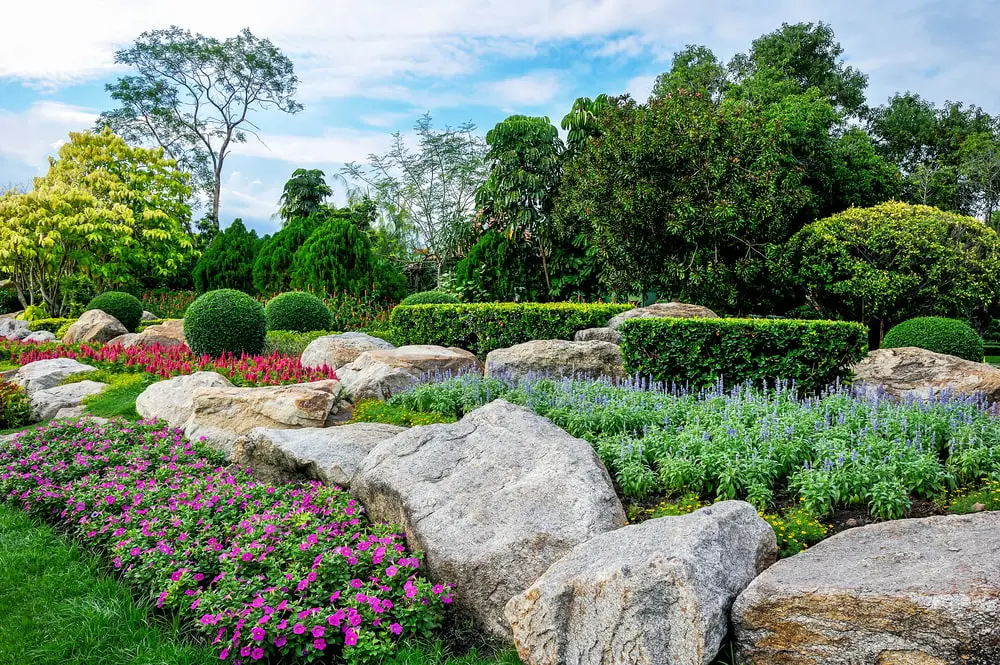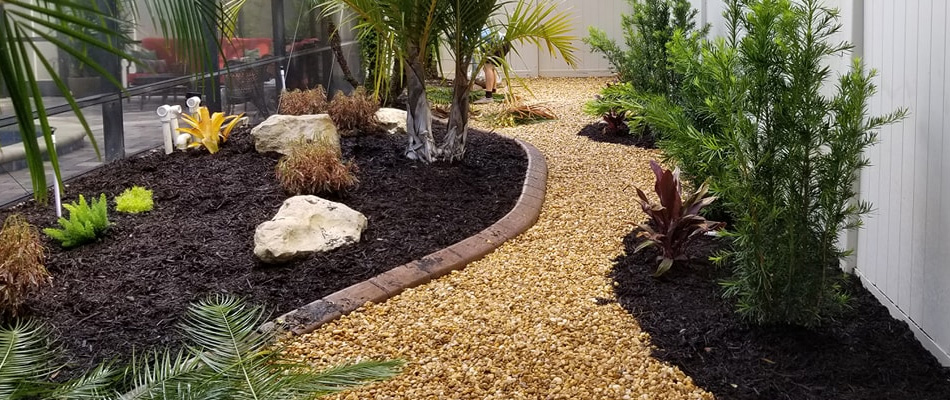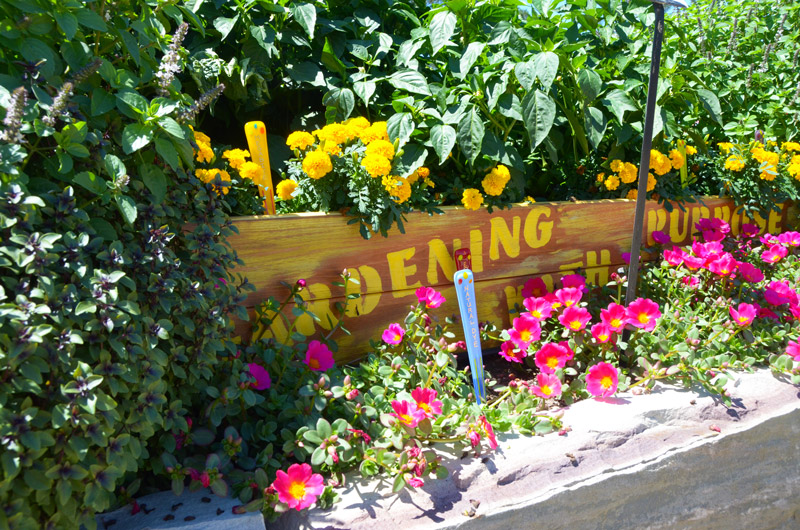Hilton Head Landscapes Fundamentals Explained
Table of ContentsThe Greatest Guide To Hilton Head LandscapesThe 15-Second Trick For Hilton Head LandscapesFascination About Hilton Head LandscapesHilton Head Landscapes for BeginnersSome Known Facts About Hilton Head Landscapes.Top Guidelines Of Hilton Head LandscapesWhat Does Hilton Head Landscapes Do?
Line produces all types and patterns and can be used in a variety of means in the landscape. Line in the landscape is produced by the edge in between two products, the synopsis or shape of a kind, or a lengthy direct function. Lines are an effective device for the developer since they can be used to produce an unlimited selection of shapes and forms, and they control activity of the eye and the body.

Lines can have several attributes, such as those explained below, yet they commonly offer different purposes. Number 1. Lines in the landscape - landscaping hilton head sc. The residential or commercial properties of lines identify just how people reply to the landscape, both mentally and physically. Straight lines are architectural and forceful; they produce an official character, are usually connected with an in proportion design, and lead the eye directly to a focal factor.
What Does Hilton Head Landscapes Do?
Straight lines are frequently located in hardscape sides and material. Curved lines produce an informal, all-natural, unwinded personality that is linked much more with nature and unbalanced equilibrium. Bent lines move the eye at a slower pace and add secret to the area by producing surprise sights. Vertical lines move the eye up, making an area feel bigger.
Vertical lines in the landscape include tall, narrow plant material, such as trees, or high structures, such as an arbor or a bird house on a post. Straight lines relocate the eye along the ground airplane and can make an area feel bigger. Low lines are a lot more suppressed and develop a sensation of rest or repose.
The Buzz on Hilton Head Landscapes
Lines are also created by the upright forms of constructed features and plant product. There are three primary line kinds that produce form in the landscape: bedlines, hardscape lines, and plant lines.
Bedlines attach plant material to your home and hardscape since the eye complies with the line, relocating the look via the landscape. Hardscape lines are developed by the edge of the hardscape, which defines the built framework. Line can also be produced by lengthy and narrow products, such as a fencing or wall.
What Does Hilton Head Landscapes Do?
Kind is discovered in both hardscape and plants, and it is generally the leading visual component that spatially organizes the landscape and often figures out the design of the garden. The type of structures, plant beds, and yard accessories additionally determines the overall type style of the garden. Official, geometric types consist of circles, squares, and polygons.
Plants produce type in the garden through their describes or silhouettes, but form can also be defined by a space or adverse area between plants - landscapers in bluffton sc (https://businesslistingplus.com/profile/h1tnhdlndscps/). Circles can be full circles, or they can be separated into half circles or circle sectors and incorporated with lines to produce arcs and tangents
Getting The Hilton Head Landscapes To Work
Circles are a strong design type due to the fact that the eye is always drawn to the facility, which can be utilized to stress a focal point or link other kinds. Round kinds in hardscape and lawn panels.
The square type can also be fractional and used consistently to create a grid pattern. Unlike circles, squares are stronger on the brink, which can be aligned or overlapped to develop distinct patterns and more complicated kinds. Polygons are many-sided kinds with straight sides. Triangulars, for click here now example, are three-sided polygons.
Meandering lines frequently resemble the all-natural training course of rivers or streams and can be referred to as smooth lines with deeply bent wavinesses. Twisting lines (Number 3) function well for paths, plant bedlines, and completely dry stream beds. Twisting lines can include rate of interest and secret to a yard by leading visitors around edges to uncover new sights and areas.
3 Simple Techniques For Hilton Head Landscapes

Number 5. Fragmented edges: tipping rocks in path. Form is one of the most long-lasting high quality of a plant (bluffton landscaping). https://www.blogtalkradio.com/stevenagonzales. Typical plant forms are well developed and standardized, as type is the most constant and identifiable attribute of plants. Kind can additionally be created with the massing of plants, where the overall mass creates a various form than a private plant.
A very contrasting type needs to be used with careone or 2 job well as a centerpiece, but as well several wreak havoc. All-natural plant forms, instead of over-trimmed kinds, need to develop the bulk of the composition. The significance of overall type is basically reliant on the seeing perspectivethe type of a tree can appear quite different to an individual standing under the canopy versus seeing the tree from a distance in an open area.
All About Hilton Head Landscapes
Plant forms likewise develop and specify the void or open areas in between the plants, developing either convex or concave forms in the gaps. High-arching tree branches normally develop a concave open space under the branches, and a rounded canopy with reduced branches fills up the room to produce a convex type in the open area under the tree.
